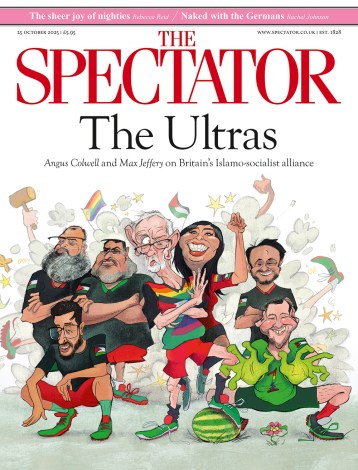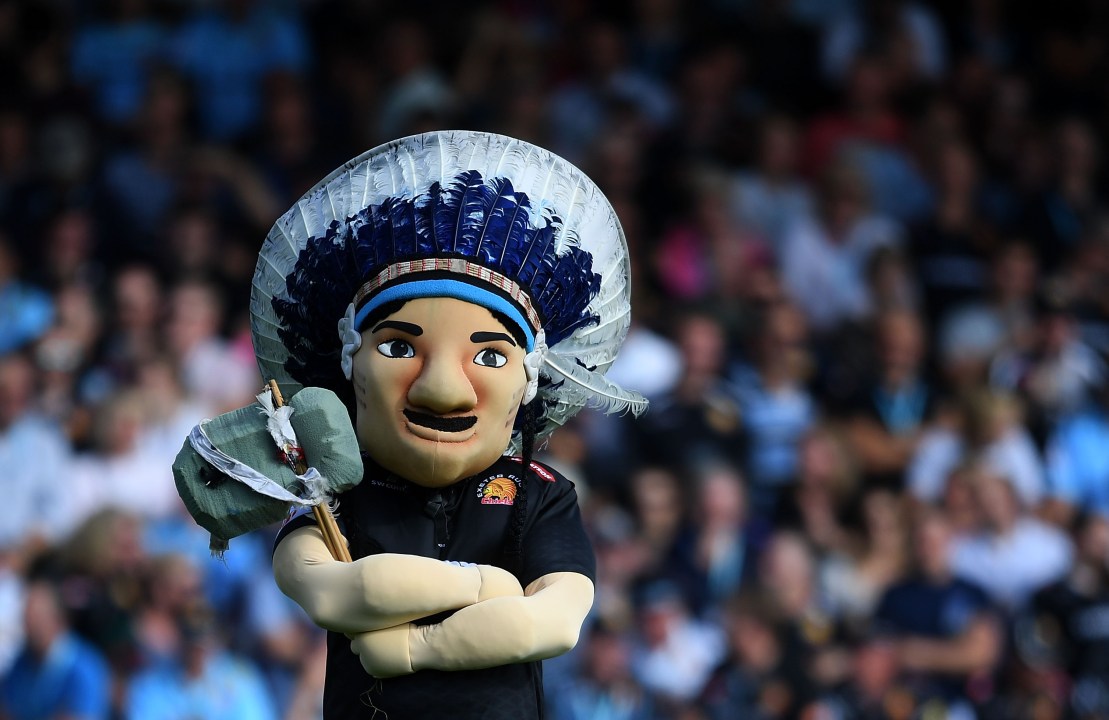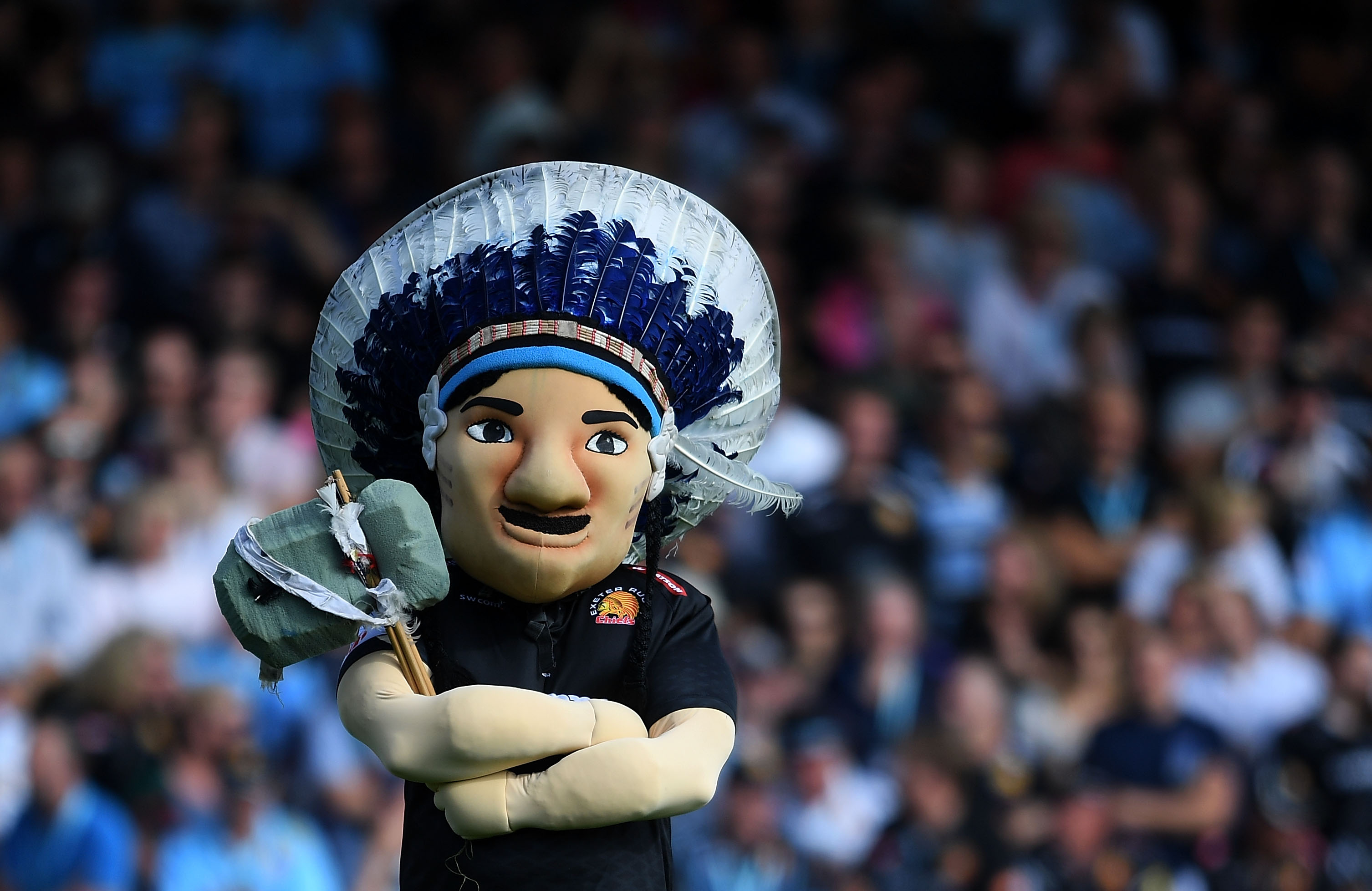For once I find myself on the other side of the argument in agreeing that ‘Big Chief’, the erstwhile tomahawk-wielding mascot of the Exeter Chiefs rugby club, deserved to be axed. He was an affront to Native Americans, perpetuating the calumny that their ancestors were – to quote the Declaration of Independence – ‘merciless Indian savages’.
Exeter has retired their mascot but retained their ‘chiefs’ moniker, explaining that they have gone by the nickname for nearly a century. Rugby clubs in Devon had a tradition of referring to their 1st XV as the ‘chiefs’ and that is why it was chosen in 1999 when the club wanted a gimmicky name.
For those moaning about political correctness gone mad, imagine if a sports franchise in the States nicknamed itself the Redcoats, adopting one of General Cornwallis’s men as its mascot, complete with bloodied bayonet. Is that how we would wish history to judge us?
I fell for the lie as a boy – Custer was my hero and Crazy Horse my enemy
Much has been made in recent months of the treatment of slaves and their descendants in the US. But what about the brutal oppression of Native Americans that began more than a century earlier?
It was Christopher Columbus who called American’s indigenous people ‘Indios’, and in a letter to the King and Queen of Spain he described them thus:
Their discourse is ever sweet and gentle, and accompanied with a smile; though it is true that they are naked, yet their manners are decorous and praiseworthy.
Columbus admired the Native Americans, and probably respected their skills as hunters, farmers and craftsmen, but that didn’t prevent him from forcing them to ‘work, sow and do all that is necessary and to adapt to our ways’.
In the four centuries that followed, the Native Americans died in their hundreds of thousands from war, disease and famine as a result of whites encroaching on their territories. In his magisterial book of the plight of the Native Americans in the second half of the 19th Century, Dee Brown ends Bury My Heart At Wounded Knee with a quote from an elderly Black Elk, a member of the Oglala Sioux, who as a boy had witnessed the destruction of General Custer’s Seventh Cavalry at the Battle of the Little Big Horn in 1876. It was a pyrrhic victory for the warriors, and within a couple of decades what some historians have described as the genocide of the Natives Americans was complete.
‘When I look back now from this high hill of my old age, I can still see the butchered women and children lying heaped and scattered,’ reflected Black Elk. ‘And I can see that something else died there in the bloody mud… a people’s dream died there.’
Yet in the 20th century, Hollywood invented its own history of the American West. Custer and his cavalry were the good guys, as brave as they were noble, while the Sioux, Comanche, Cheyenne et al were as depicted in the Declaration of Independence.
I fell for the lie as a boy. Custer was my hero and Crazy Horse my enemy. When I grew up and read up on the subject, I switched sides. Custer got what he deserved at the Big Horn, and if I’d been a Sioux warrior I would have shown no mercy to the people invading my sacred land in violation of a treaty signed six years earlier.
Big Chief and his tomahawk had to go because he perpetuated the lie about ‘merciless Indian savages’. On the contrary, in the American West, it was the white man who was the merciless savage.








Comments